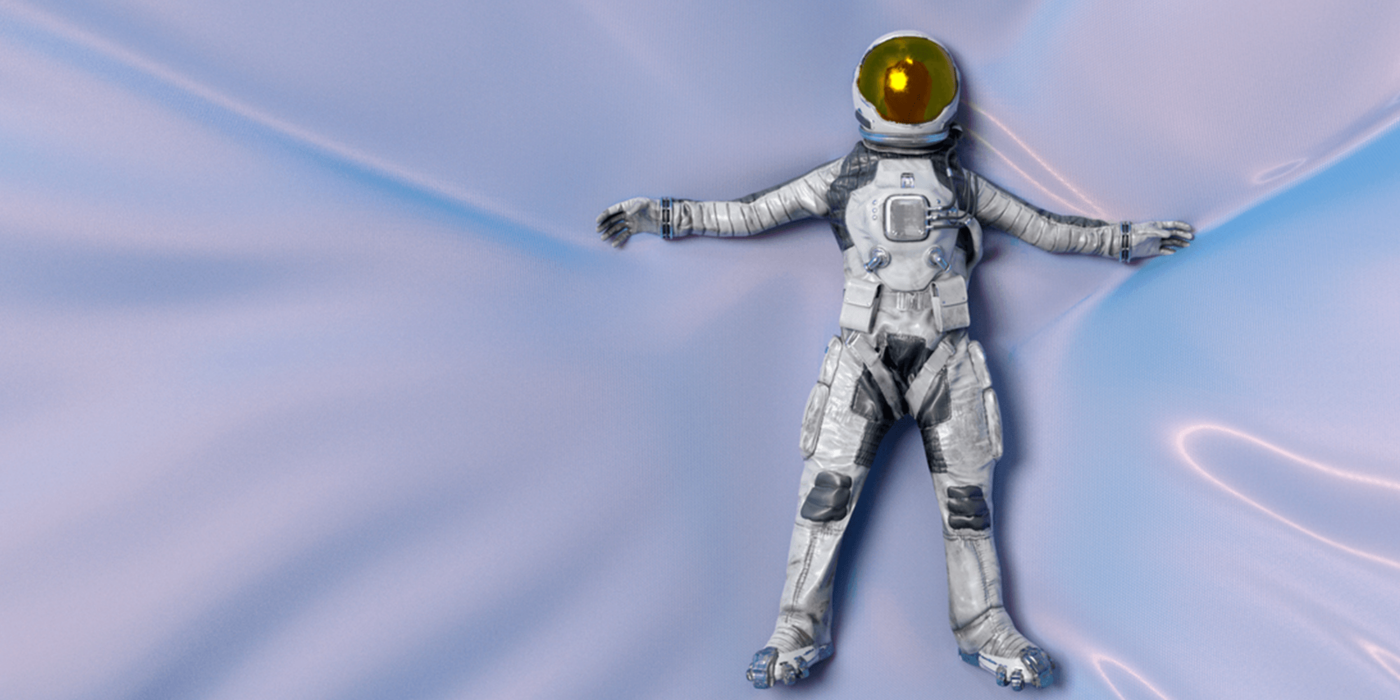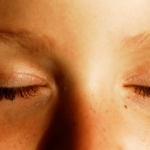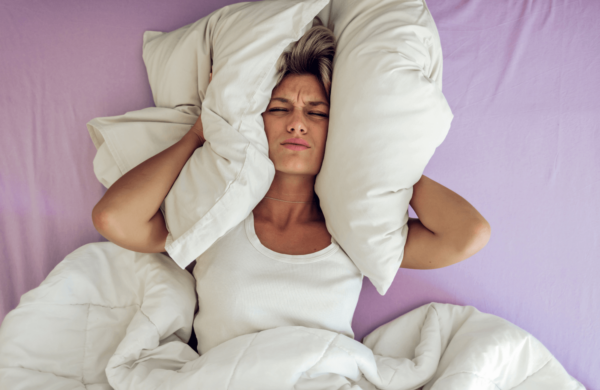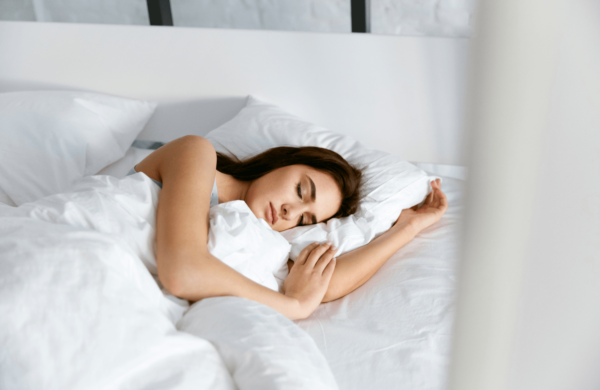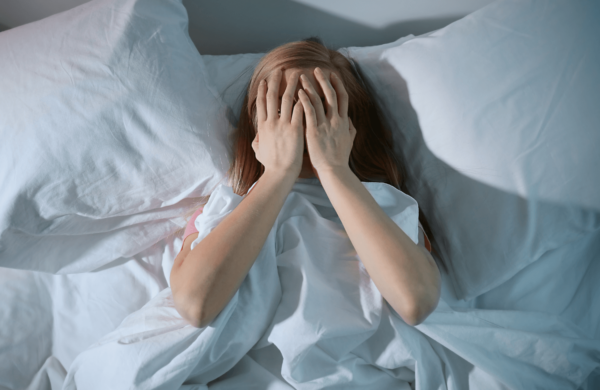Unlocking the Secrets of Sleep: How Astronauts Catch Zzz’s in Space
As connoisseurs of all things sleep, the team at ZLEEPY® have often pondered how different types of people and animals sleep in different situations.
Like how best to sleep on airplanes, or how best to sleep in a tent, whether it’s possible to sleep standing up or even upside down.
Do fish sleep? And if so how. So many sleep questions. However, in light of the recent flurry of space exploration missions we got to thinking, how do astronauts sleep?
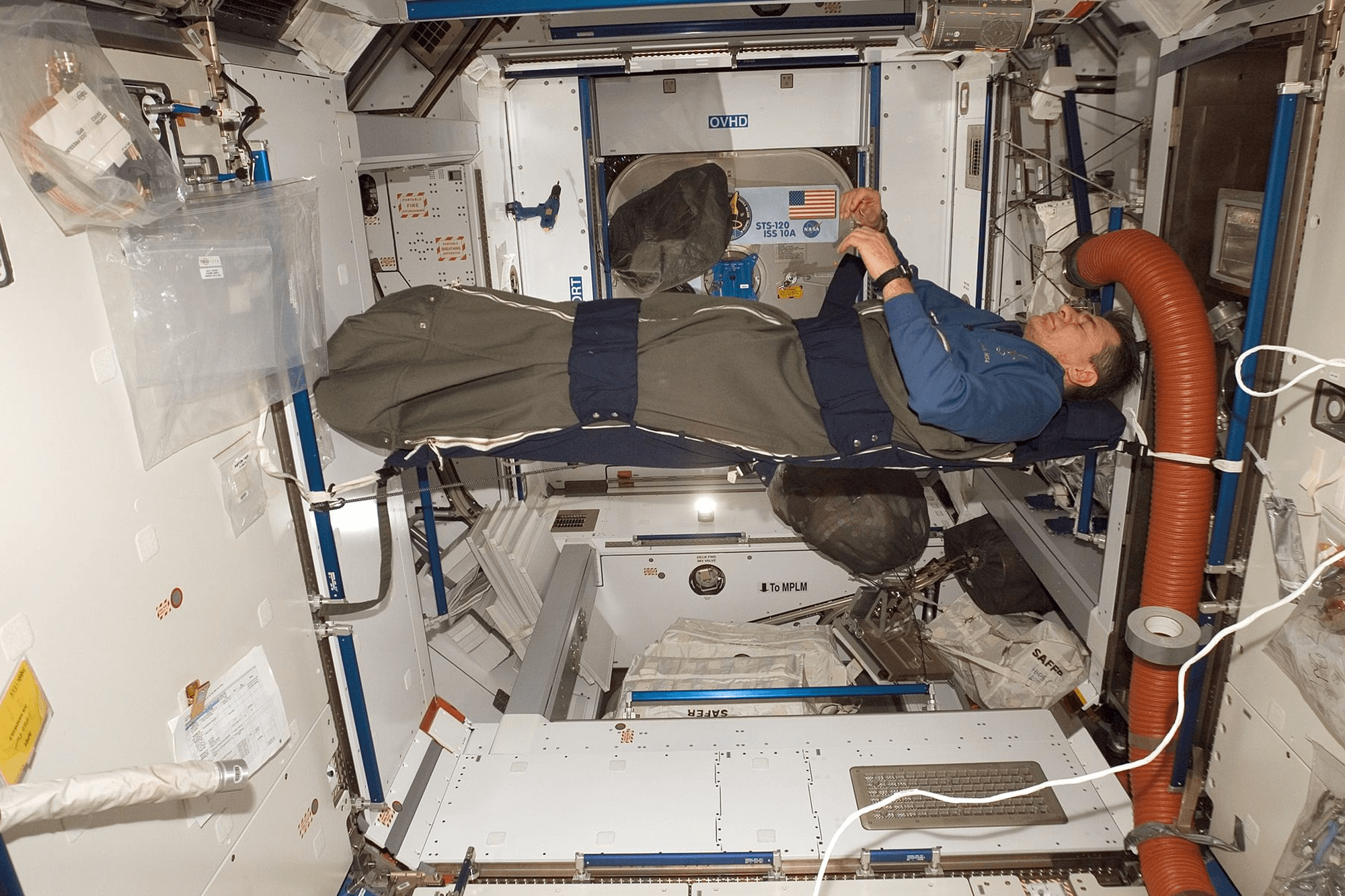
Image “Sleeping in Space” owned by NASA*
Problems with Sleeping in Space
The most significant issue with sleeping in outer space is the lack of gravity.
Astronauts sleeping in space are not going to be able to lie down, tuck themselves in, fluff their pillow and drift off the for night. Well actually, they are very likely to drift off, literally!
In addition to zero gravity affecting sleeping positions, depending on the space mission, astronauts may find themselves experienced up to 16 sunrises in 24 hours. How is one supposed to get any sleep with all that sunshine?!

With near constant light present on a spacecraft, circadian rhythms are bound to take a beating.
Normal routines are out the window and your previous sleep schedule is likely to be a thing of the past. Without a clear day and night, melatonin production may well be limited and trying to get to sleep will be much harder.
Without nearby air vents and air circulation, it is a very real risk that astronauts could find themselves sleeping in a bubble of their own exhaled carbon dioxide.
This lack of available oxygen can cause hypoxia, similar to what happens at high altitude, which can massively affect brain function causing disorientation, hallucinations and in severe cases, death.
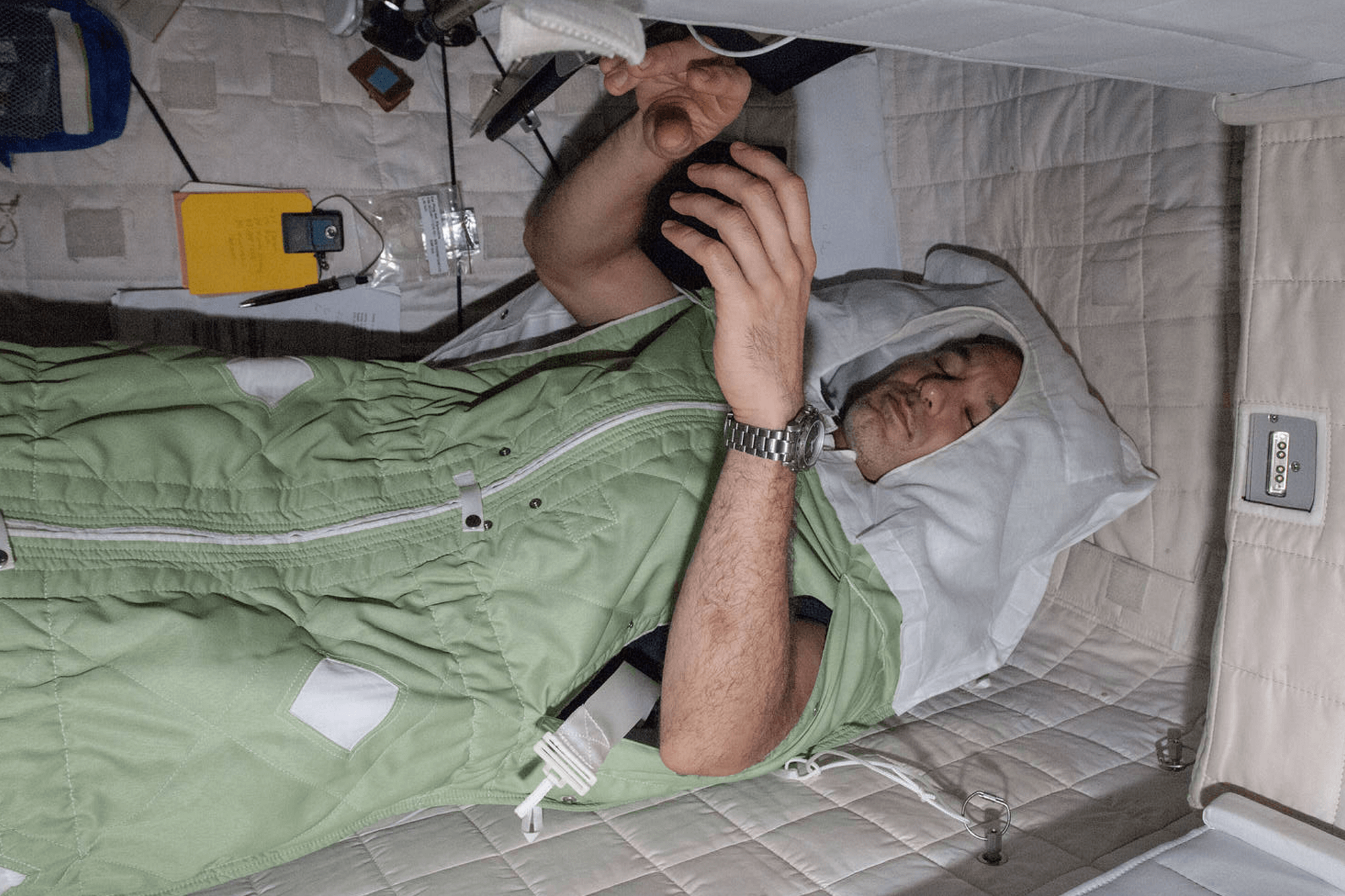
Image “Sleeping in Space” owned by NASA*
Where do Astronauts Sleep?
To stop astronauts from floating around whilst sleeping in space, they zip themselves into special sleeping bags which are fastened to a wall or other surface.
These makeshift beds are usually in a crew cabin which is a dedicated sleeping space the size of a shower cubicle equipped with their astronauts sleeping bag and not much else.
Because there is no up or down in space, these special sleeping bags loosely attach the astronaut to a bed whilst still allowing for movement. Crazy, huh.
One astronaut who found it difficult to sleep without a pillow described using a Velcro surface to attach his head to just so there was something solid to rest his head on!

How Long do Astronauts Sleep For?
For astronauts, sleeping is essential even if illusive. They have a vital role to play during their time in space and any mistakes, errors of judgement or accidents can have catastrophic consequences.
We know that sleep is needed for optimal brain function and that for most adults 7-9 hours is the golden goal to aim for.
NASA schedules approximately 8 hours of down-time per 24 hours for their astronauts, where there will be few, if any, communications and no work required for this period.
This is great, in theory, but some astronauts report on getting around 6 hours sleep a day due to the volume of work required.
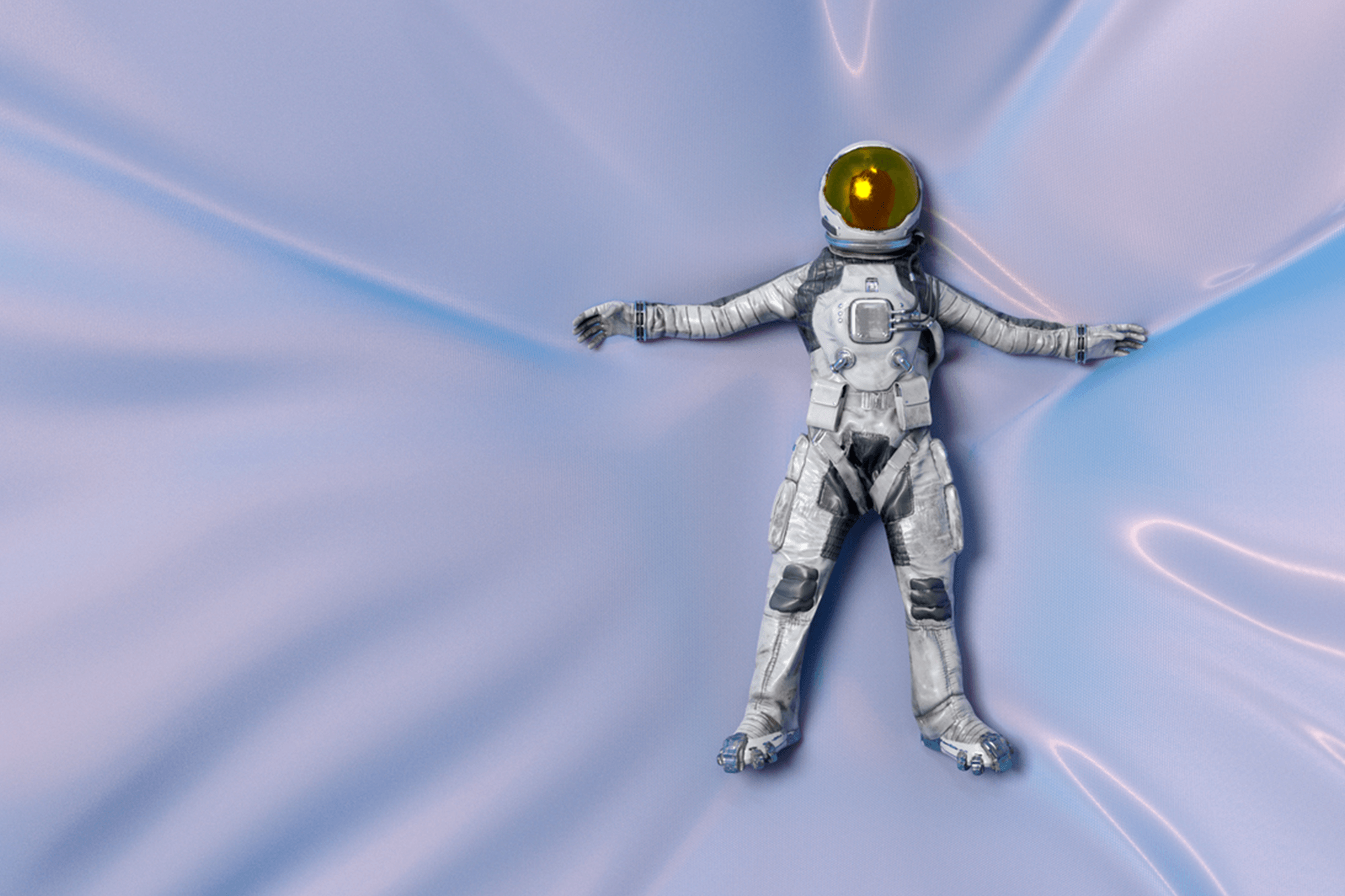
How to Maintain a Sleep Schedule in Space
The amount of space explorations that have been conducted have resulted in some useful strategies for sleeping in space being collated.
In particular the Apollo program found the following more conducive to helping astronauts sleep in space during their missions.
- Circadian rhythms that were maintained before flight should be continued on-board
- All cabin crew members should go to bed and sleep at the same time
- Crew members were able to remove their suits for sleeping
- Work schedules were arranged so that there was a period of 6-8 hours of radio silence in a 24 hour period to reduce disruption
- Astronauts sleeping bags were restrained to limit movement
- Cabin temperature and sleepwear were adapted to be more suitable for sleeping
- Instrument and equipment lights could be dimmed to reduce internal light pollution, sleep masks were supplied and ear plugs provided as preferred
- Noisy equipment such as pumps were muffled to lessen background noise
So, there you have it folks. How astronauts sleep. Who knew.
If you’d like help on how to fix your sleep schedule, you can see our latest up to date information by following the link provided.

